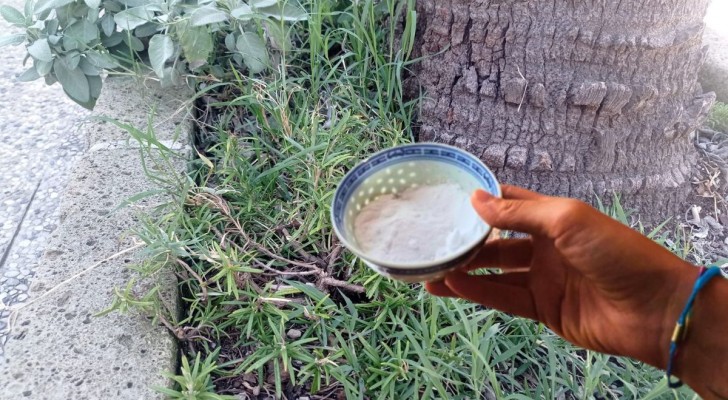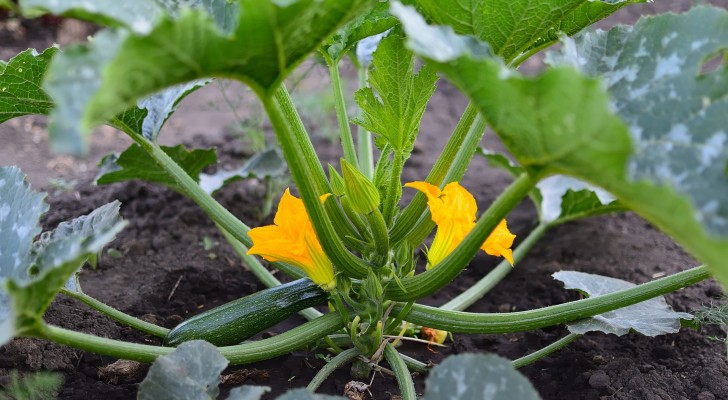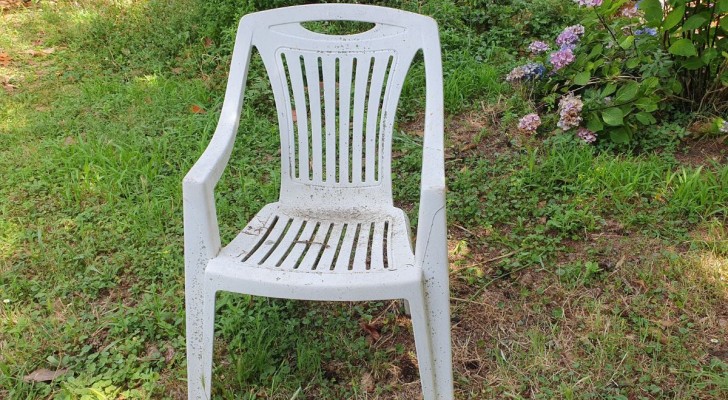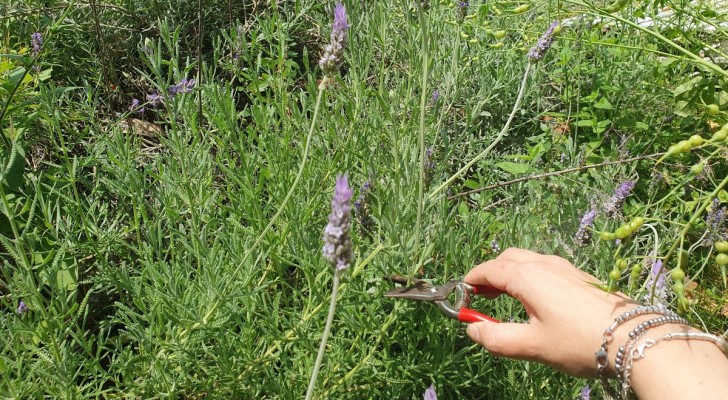All the tips to have a luxuriant basil and make it survive even in winter

One of the herbs that we cannot do without in the kitchen is certainly basil: it is the protagonist of one of the most famous condiments in the world, pesto, but it also becomes the perfect crowning of many dishes, from pizza, to sauces, to dishes. cold. There are also those who add it to tasty jams or compotes!
This herbaceous plant native to Asia, however, is a plant with a normally annual life cycle, in excellent conditions it can even live two years, but it loves the heat so it often happens that with the arrival of cold temperatures in autumn it disappears from our gardens , vegetable gardens and balconies. With some care, however, it can also be grown at home during the cold seasons, and in any case, even when we can only keep it for a year, it is worthwhile to cultivate this plant in the best way to be able to fully enjoy it.
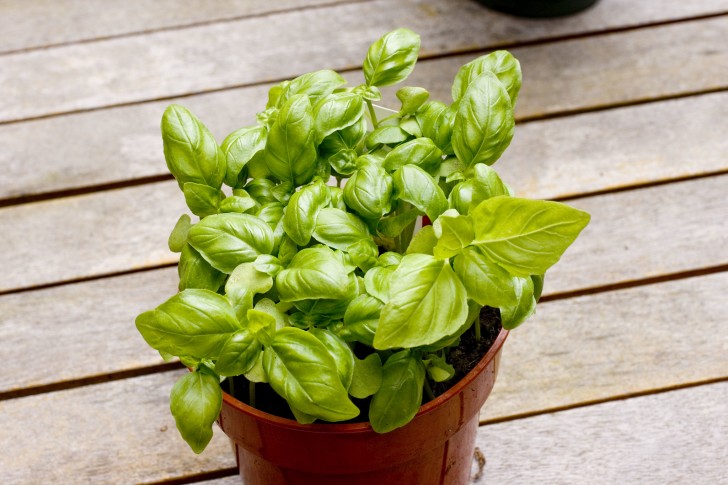
Jessica and Lon Binder / Flickr
Climate and exposure
Basil loves heat: if the thermometer drops below 10 °, the plant cannot resist, and generally prefers much warmer temperatures. This aromatic herb, in fact, grows fast and thrives when the sun is abundant and the climate is between 20°C and 25°C.
In periods of extreme heat, however, even basil can suffer. Therefore, if the torrid and drought periods of summer arrive and your plant is buried in a pot, it is better to move it to a corner of the balcony or garden where it is protected from the sun in the central hours of the day, the traditionally hottest ones.
So place it in the sun: the window sill in the house, or places exposed to several hours of direct light on the balcony, or in the garden. It is easier to manage in pots, but in vegetable gardens it is often planted directly on the ground, particularly among the rows of tomatoes - also lovers of direct sun.
Ground
The soil in which basil plants grow must be very rich but also well ventilated and able to drain well: it is a plant that does not tolerate stagnant water but cannot survive too prolonged periods of drought.
Therefore, when filling the pot, first create a layer on the bottom with expanded clay, at least two or three fingers high. Then mix soft, nutrient-rich soil (better spend a little more for a soil suitable for the vegetable garden) with a little peat, so as to avoid it being too compact and indeed allowing excellent drainage. There are also those who mix a couple of very dry coffee grounds with the soil, which serve to acidify the soil, also functioning as a natural fertilizer.
If, on the other hand, you are planting the seedlings directly on the ground in the garden, make a hole a little bigger and deeper, always put clay on the bottom and fill with soil like the one you would have used in pots, therefore soft and well drained.
In very hot periods, you can also cover the soil around the collar of the plant with some type of mulch that helps reduce water evaporation, keeping the earth moist for longer. This system also reduces the growth of weeds, which steal nutrients from basil.
When to plant or repot?
Since basil fears the cold, "traumatic" operations such as repotting or planting in the ground must be carried out in early spring and while it is hot but not too hot.
In any case, when you buy a seedling, take it out of the pot to see if the roots have already taken possession of all the available soil: in that case it needs to be moved to a slightly larger pot or even grounded. If you don't, you will find yourself having to water practically every day and in any case the plant would suffer from not receiving enough nourishment from the soil.
A tip that applies to all plants is to never put small specimens in containers that are too large, simply because it is difficult to manage the amount of water needed to irrigate properly. With basil, so you can go up to a maximum of three measures, indicatively.
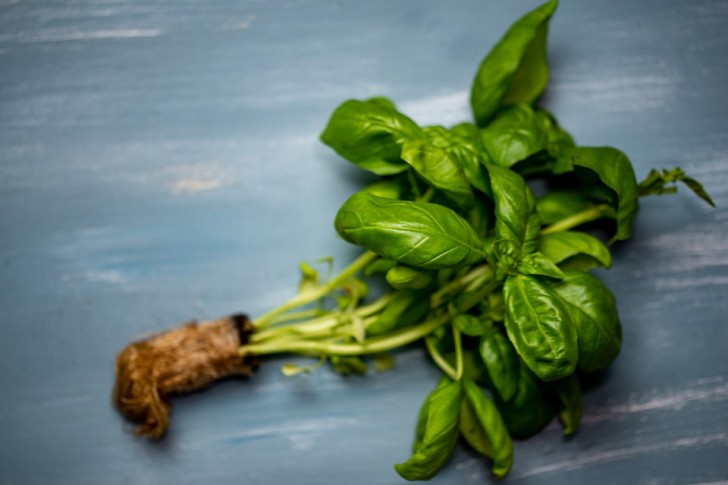
Irrigation
Basil does not tolerate prolonged periods of drought, but like the vast majority of plants it can also die from water stagnation. To learn about his water needs, check him every day for a couple of weeks.
In fact, the rule that it is necessary to water again when the soil has dried (even below the first centimeters of the surface layer) is also valid in his case. Typically, for basil this happens every two or three days. But in humid and not very hot periods, the time frame lengthens a little more.
When is it grown enough to consume it?
When you bring home a small plant, you should wait a few weeks before you can remove the leaves and consume it. In fact, it is generally recommended to wait up to a month after planting, or at least until the seedlings have reached 20 cm in height.
Pruning and harvesting
When the plant is finally large enough to be able to collect the leaves, always use scissors (perhaps sterilizing the blades) to detach the apical part of the twigs, taking away small groups of leaves with a single cut. Never overdo it: undressing the plant excessively means making it die.
Then when the basil blooms, sprout the flowering branches that sprout upwards. This practice stimulates the thickening of the plant in the center (the tillering), in order to become more compact and luxuriant. However, if you want to enjoy some flowers and maybe even collect the seeds to plant the following spring, let at least one or two twigs continue to grow.
The varieties of basil
The species to which the most commonly sold and consumed basil belongs (the one we call Genoese) is that of the Ocimum basilicum, which, however, includes several other varieties.
Greek basil: has very small leaves, and forms a small, compact, slow-growing green ball. Also for this reason the topping is essential, so that it maintains the spherical and compact shape. It has a slightly more delicate flavor than the Genoese.
Red (or purple) basil: according to needs and characteristics, what has been said for the Genoese is valid. The only difference lies precisely in the color: this plant is of a grape color / violet in every part, from the stem to the leaves, and this creates a splendid contrast with the white flowers just tinged with pink. Even in taste, it is very similar if not the same as the classic Genoese one.
Mountain basil (or arctic): it is the variety that tolerates the cold best, managing to live even for longer periods around 12-10°C.
Cinnamon basil: in shape and bearing it closely resembles the Genoese, but the stems dyed dark purple, as part of the inflorescences. In scent and flavor, however, it has a strong note of cinnamon, which makes it a truly sensational condiment.
Basil with lemon: it has slightly more pointed leaves than the Genoese, and above all a slight hint of citrus in the scent and taste that makes it unique. It tolerates the cold better than the classic one.
Basil with mint: another variety with a particular, fresher aftertaste, just like that of mint.
Thai basil: in appearance it is difficult to distinguish it from the cinnamon one. However, it is the taste that makes it recognized as different, because it is somewhat reminiscent of anise or licorice (and in fact it is sometimes called basil licorice).
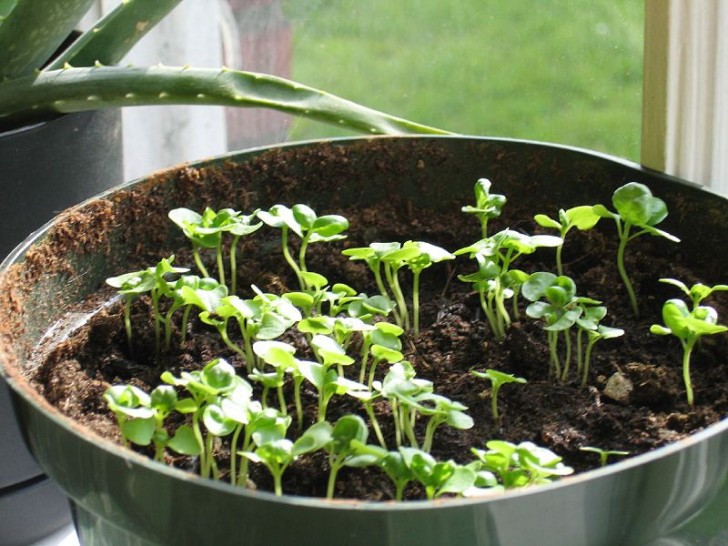
To grow it even in winter
Basil is a plant that needs warm temperatures and exposure to sunlight. It is also an annual plant, as it continues to grow all year round, so with some precautions it is possible to plant and grow basil even in the cold winter months. Let's see together which aspects to pay attention to to make sure that the plant grows even with unfavorable temperatures.
Light: basil, to grow during the winter, needs to receive a lot of natural light. The ideal would be to ensure the plant 4 hours of direct sun. If this is not possible, because the climatic conditions do not allow it, it is possible to resort to artificial lighting. In fact, there are lamps designed for growing basil in closed spaces: we recommend keeping a lamp on for 12 hours at a distance of about 10 cm from the plant. However, make sure that the bulbs do not touch the leaves as they could burn themselves.
Irrigation: Basil needs a favorable soil to grow healthily, it must not be wet or dry. How to understand, then, when the plant needs water? Just touch the earth with your finger: when the earth is dry the plant needs to be watered, the important thing is to keep the environment humid. Looking at the leaves can be useful to understand if the plant needs water: when this is scarce, the leaves lose vigor.
Temperature: too low temperatures endanger the health of the plant. The ideal temperature is around 21 ° C. In the case of cultivation in closed spaces, for example at home or in a small greenhouse, it is therefore necessary to make sure to maintain a climate around 20 ° C.
Basil needs care, but with a few tricks it is possible to keep a plant healthy and always fragrant. If you are successful with its cultivation, before the warmer temperatures give way to the cold ones, you can collect the leaves and leave them in the sun: the dried leaves will keep their scent and can be used in different preparations even during the rest of the season. year.
